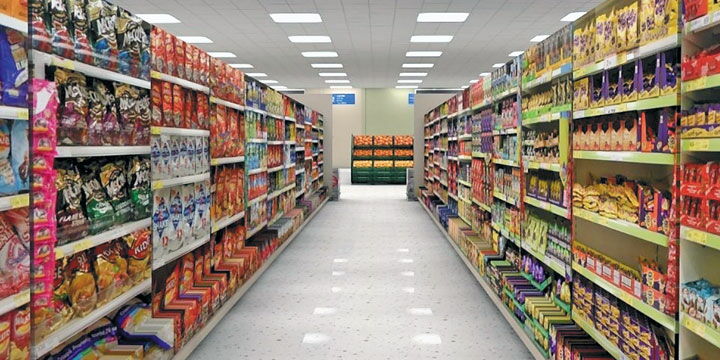

The lists are generally organized according to the functional classes of food additives. The Lists of Permitted Food Additives are available on Health Canada's website. To be eligible for a TMA, CEDs must not contain non-compliant food additives. If a petitioner wishes to pursue a TMA for a CED that contains nutrients not identified in this guidance, an appropriate rationale for its composition must be provided for Health Canada's review. Note that the nutrients listed and their maximum levels are subject to change based on future review as new evidence becomes available. The research will also help to inform a decision whether there is a need to retain the caution statement. Once the data are available, maximum levels of addition may be set on a per reference amount or per "reasonable daily intake" basis. The research conducted through the TMA is expected to help determine the usual and upper levels of intake of these products as well as the effectiveness of the label caution statement indicating the maximum number of containers/servings that should not be exceeded daily. It is important that companies take into account any data they have on typical patterns of consumption of CEDs and use that information to determine whether, and to what levels, to add vitamins, mineral nutrients or amino acids to their products in order to reduce the likelihood that consumers will have intakes above the daily maximum levels set for CEDs. Shall not be marketed towards children.Shall not contain unapproved novel ingredients (refer to section 4.4) and.Shall not contain non-compliant food additives, apart from caffeine (refer to section 4.1).Shall not be dairy-based beverages, soy beverages, rice beverages, almond beverages, and similar plant beverages.Shall not be represented for hydration and/or electrolyte replacement before, during or after physical activity.Shall not be represented as flavoured water or flavoured sweetened water.Shall not include the word "juice", "puree" or "pulp" on the label other than as required in the list of ingredients.Shall not contain singly or in combination, 25% or more fruit and/or vegetable juice, puree or pulp, as consumed.Refer to section 5.2 regarding serving size and container size Similarly, for a multi-serving container, the maximum level of caffeine shall not exceed 180 mg, per serving (500 mL). For a single-serving container, the maximum amount of caffeine shall not exceed 180 mg, per container.Shall contain a concentration of caffeine no less than 200 ppm (mg/L) and no more than 400 ppm.While these products are considered food, Health Canada has determined that this format presents an unacceptable risk due to lack of label information and potential for overconsumption. As well, children and pregnant and/or breastfeeding women would not be informed that these products are not intended for them due to the potential risk they present for these vulnerable populations. Moreover these types of products lack the label information as set out in this guidance document (for example, amount of caffeine from all sources, caution statement against mixing CEDs with alcohol, maximum containers or servings not to exceed per day). This does not allow for the consumer to be aware of the caffeine or vitamins and mineral nutrients they are consuming and could lead to overconsumption. The manner in which these products are sold to consumers pose a significant challenge to informing consumers of the product's caffeine and vitamin and mineral content. Appendix: Reference List of IngredientsĬEDs dispensed via fountain machine systems are not eligible for a TMA as they are not pre-packaged.5.5.4 Placement and Prominence of Voluntary Statements.5.5.3 Calorie-Free and Sugar-Free Claims.5.5.2 Claims Related to General or Specific Health Benefits.


5.3.5 Quantitative Declaration of Ingredients Other than Caffeine.5.3.2 Qualitative Declaration of Caffeine.5.3.1 Quantitative Declaration of Caffeine Content.5.2 Reference Amount, Serving Size and Container Size.4.0 Food Additives, Flavours, Herbal Ingredients and Novel Foods as Ingredients in CEDs.3.1.6 Vitamins or Mineral Nutrients not Recommended for Addition.3.1.5 Vitamins or Mineral Nutrients not Acceptable for Addition.



 0 kommentar(er)
0 kommentar(er)
